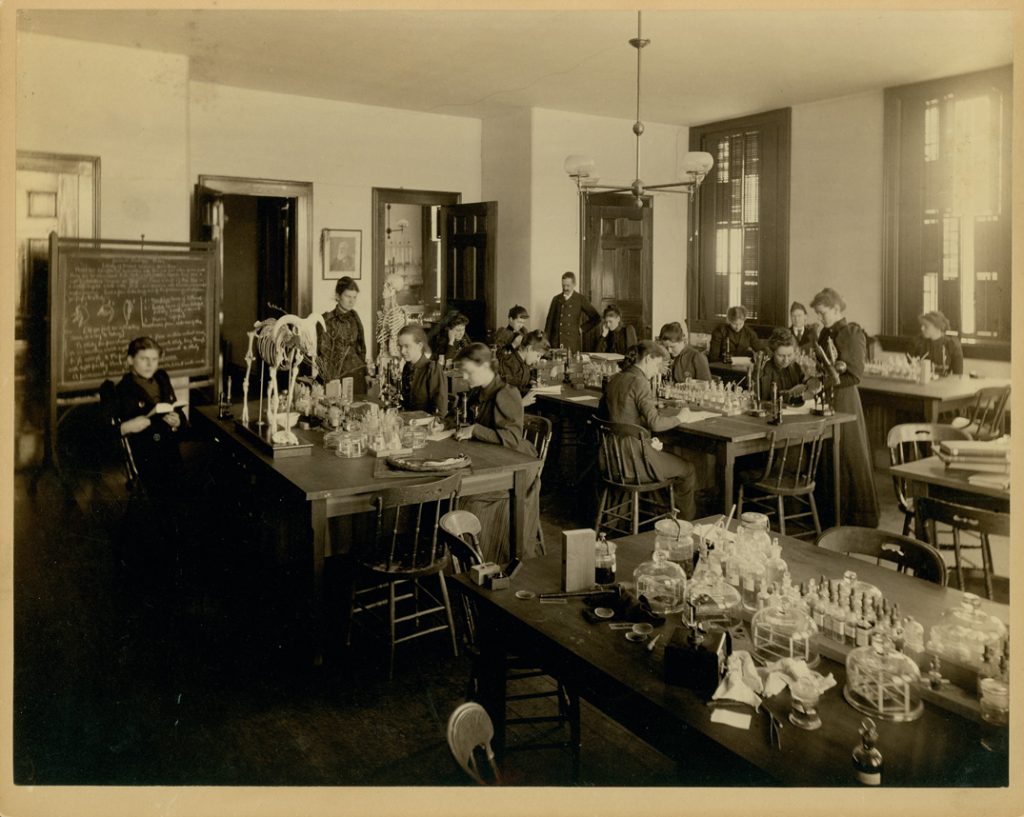In 1892, two people joined the Smith community. Their lives would overlap, and their ongoing legacies continue to mark campus. This is both a story of Hinook-Mahiwi-Kalinaka, also known as Angel De Cora (Ho-Chunk Winnebago, an Indigenous woman persevering the face of extreme adversity, and the story of Professor Harris Hawthorne Wilder, a white scientist whose research contributed to the prevailing scientific racism of the time, and resulted in the desecration of hundreds of Indigenous graves.
Buildings on Smith campus have been named for each of them, yet the whole story is rarely told. The places where De Cora and Wilder studied and worked, and the academic buildings that held Indigenous human remains, are still in use today. Let us remember the extraordinary life of Smith’s first Indigenous student, and let us also mourn and hold this academic institution accountable for the irreparable harm of Wilder’s research.
Hinook-Mahiwi-Kalinaka, also known as Angel De Cora (Ho-Chunk Winnebago), was the first Indigenous woman to study at Smith. She graduated in 1896 with a degree in Visual Art, and was a successful illustrator, author, and arts educator who celebrated Indigenous communities and lifeways in her work. De Cora studied illustration at Drexel University and with Howard Pyle and Joseph DeCamp. A survivor of Hampton Boarding School, she later taught taught her students at the Carlisle Indian Industrial School visual art training that was reflective of their cultures, not the European styles preferred by the forced assimilation movement. To view some of her artwork, please see the slideshow below.
Professor Harris Hawthorne Wilder joined the Smith Biology department, and spent the majority of his career contributing to work that is understood to be scientific racism today. He fetishized Indigenous culture and robbed Indigenous burial sites around the Pioneer Valley in order to collect human remains for his Museum of Zoology and Anthropology. Wilder was celebrated as a father of forensic science for his work on fingerprint technology, hair analysis, and skeletal analysis. But this research was bolstered on the abuse of Indigenous communities and their dead ancestors. Phrenology and forensic science are inherently tied to this scientific racism.

You must be logged in to post a comment.